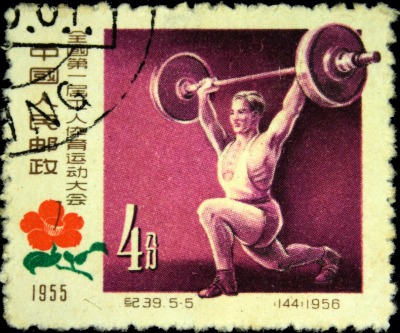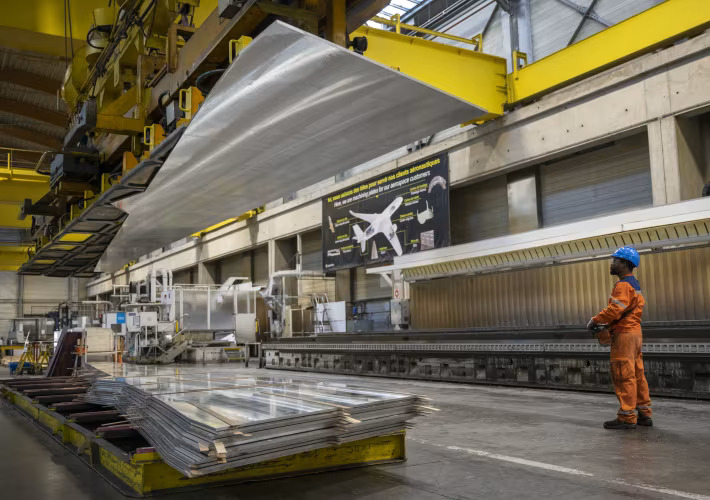Chinese iron ore mining is already out of whack and now 500 million tonnes of new capacity is coming

Iron ore on Monday traded at exactly $120 a tonne – a psychologically important level for the industry and a 38% improvement since hitting a three-and-a-half year low of $86.70 in September.
Iron ore’s recovery to triple digits is attributed to high cost mines – more specifically those in China – which become unprofitable when the price stays low for too long. Supply is cut and prices return to these sort of levels.
That’s the theory – but the domestic Chinese iron ore industry has not been following the rules of supply and demand. Not even close.
Shanghai-based industry site Glinfo provides details of a new report by MySteel.net and China’s Metallurgical Mines Association that show just how unbalanced the domestic Chinese market has become.
Over the first nine months of 2012, China’s pig iron and crude steel production reached 503 million tonnes and 542 million tonnes, year-on-year up a modest 2.7% and 1.7%, respectively.
In contrast China’s domestic iron ore output shot up 16.6% to 968 million tonnes, while imports jumped 8.2% to 550 million tonnes over same period.
And it’s still accelerating – in September Chinese mines churned out 129 million tonnes, up a whopping 20% from last year.
That’s despite the fact that the highly fragmented Chinese industry have to deal with cash costs of minimum $80 and for many mines twice that number.
With the dynamics of the industry so out of whack you’d think that a deep cull of mining operations and a slashing of output would be in the offing.
Quite the opposite.
According to the study there are 66 projects with a total production capacity of 490 million tonnes currently under construction in the country.
The new capacity also comes despite a survey that shows the domestic industry losing share against the import market.
A survey of the top 55 steel mills shows that they now import almost 90% of their requirements, up from 70% at the start of the year.
The annual seaborne iron ore trade is just over 1 billion tonnes. Of that almost 60% end up at Chinese ports.
The big three suppliers – Vale, Rio Tinto and BHP Billiton – which completely dominate the global trade mine ore for $40 – $50 a tonne.
RELATED:
Mean reversion: Kloppers says iron ore is back to being a volume game, get used to it >>
{{ commodity.name }}
{{ post.title }}
{{ post.date }}




5 Comments
Marius
err….well i think iron ore mined and shipped is what mysteel look at, so iron ore left at the mine is, well…. iron ore in the ground. 40% of the Chinese cost of iron ore is inland transport so not sure what impact that has on available invenotry. Also the tonnes you reported are probably raw and not metal contained so not comparable with imported ore, given the huge grade differential i.e. 20-25% vs 62%. Finally according to CEIC, the Sept figs for China showed a 8.6% yoy DECLINE in ROM iron ore NOT a build. must compare apples with apples.
MINING.com Editors
Thanks for your comments.
I don’t know exactly how Mysteel measured the mine output. But I don’t see why you reject out of hand stockpiling at the mines themselves, precisely because as you say transport costs are so high?
I saw the discrepancy with the CEIC numbers (and National Bureau of Stats).
As you must know clean Chinese data is hard to come by. I can’t account for the big difference except maybe the Mysteel survey included small mines of which there are hundreds which may not show up in official data.
Another explanation would be that as you contend Mysteel and the Met Mine Assoc. count raw tonnes. That wouldn’t make much sense. I understand prices $160+ and some operators would even process iron sand with 3% content. Then indeed you are not comparing apples with apples.
Marius
Frank, if china has upped its import % to 90%, flat lined in terms of steel production, inventories have fallen, where is the extra iron ore hiding. Maybe your china production number are out of whack, better check your maths…….
MINING.com Editors
Thanks for your comments, Marius. I took the iron ore mining output numbers from the mysteel.net report. If the mills prefer imported ore, you don’t think that extra ore could be piling up at the Chinese mines?
Wally
“but the domestic Chinese iron ore industry has not been following the rules of supply and demand. Not even close.”
If one was of the mind that they were in the position to manipulate the price of Iron Ore to suit, they might consider that a stockpile at the mines or otherwise was currency in the bank. All that is required to balance the books is for the exchange rate to be favourable.
When the rules of supply and demand are ignored ( for investment purposes ) surely investment can only be viewed as gambling.
These are indeed interesting times.